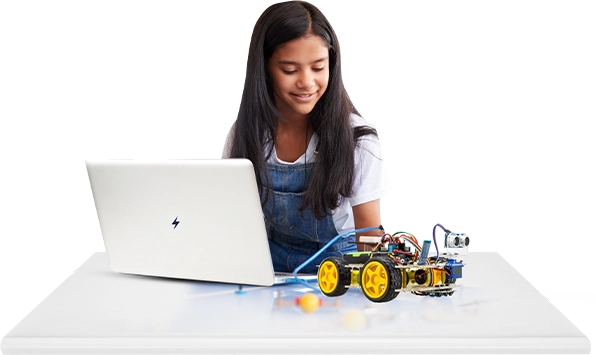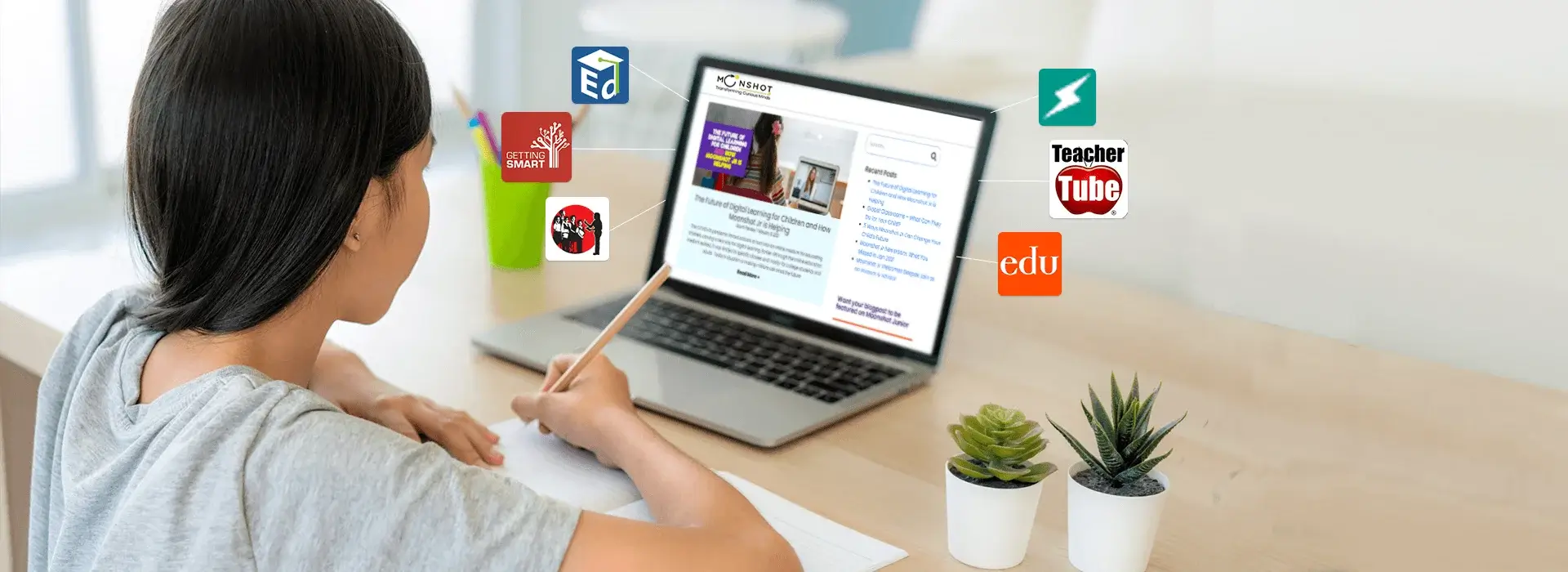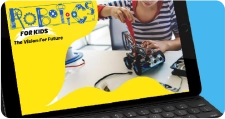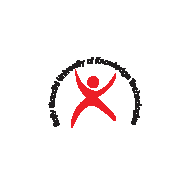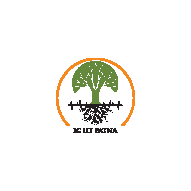Banking Game for Kids: Teach Financial Literacy in the Best Way

Teaching kids about money is one of the most valuable life lessons parents and teachers can give. But instead of boring lectures, the best way to make children understand financial concepts is through fun activities. A banking game for kids is an engaging and educational method to introduce financial literacy. It teaches kids how banks work, the importance of saving, and how to manage money responsibly—all while having fun.
Why Do Kids Need Financial Literacy?
Financial literacy means understanding how money works—earning, saving, spending, and investing. Kids who learn about money early in life grow up to make smarter financial decisions. They understand budgeting, the value of saving, and how to avoid unnecessary expenses. By playing a kids’ banking game, children can learn these skills in a fun and interactive way, making it easier to remember and apply in real life.
What Is a Banking Game for Kids?
A banking game for kids is a role-play or board-style activity where children act as bankers, customers, or business owners. It simulates real-life banking processes like opening accounts, depositing money, giving loans, and even earning interest. Through the game, kids get a practical understanding of how banks work, why savings are important, and how borrowing responsibly can help them achieve their goals.
Recommended Reading: The Good, the Bad & the Unknown of AI
Benefits of Banking Games for Kids
1. Learning Money Management
Kids learn how to earn money (through chores or tokens), save it in a bank, and decide when to spend it wisely.
2. Understanding Savings and Interest
Children can see how money grows in a savings account, teaching them patience and the value of delayed gratification.
3. Encouraging Smart Spending
By simulating purchases, kids learn to compare prices and make thoughtful spending choices.
4. Building Math and Problem-Solving Skills
Counting money, calculating interest, and managing accounts strengthen math skills in a fun way.
5. Developing Responsibility
Kids understand that careless spending leads to an empty account, while saving brings rewards—teaching accountability.
Fun Banking Game Ideas for Kids
- Bank at Home Game – Parents set up a mini bank at home where kids deposit their pocket money, withdraw for small purchases, and even earn interest.
- Banking Board Games – Games like Monopoly or Payday simulate real-world money situations in a playful setting.
- Online Banking Games – Interactive apps and websites allow kids to practice saving, budgeting, and managing accounts in a digital format.
- Classroom Banking System – Teachers can create a classroom economy where kids earn tokens for good work and use them to “buy” privileges or rewards.
How Parents and Teachers Can Help
Parents and teachers can guide kids by explaining the rules of the game and connecting it with real-life financial lessons. For example, when kids earn interest in the game, adults can explain how savings accounts work in actual banks. This connection between play and reality makes financial literacy easy to understand and apply.
Final Thoughts
A banking game for kids is one of the best ways to teach financial literacy in a simple, fun, and interactive way. It helps children learn about saving, spending, and money management while building math and problem-solving skills. By playing these games at home or in classrooms, we can prepare kids to grow into financially responsible and confident adults.
Moonpreneur is on a mission to disrupt traditional education and future-proof the next generation with holistic learning solutions. Its Innovator Program is building tomorrow’s workforce by training students in AI/ML, Robotics, Coding, IoT, and Apps, enabling entrepreneurship through experiential learning.



